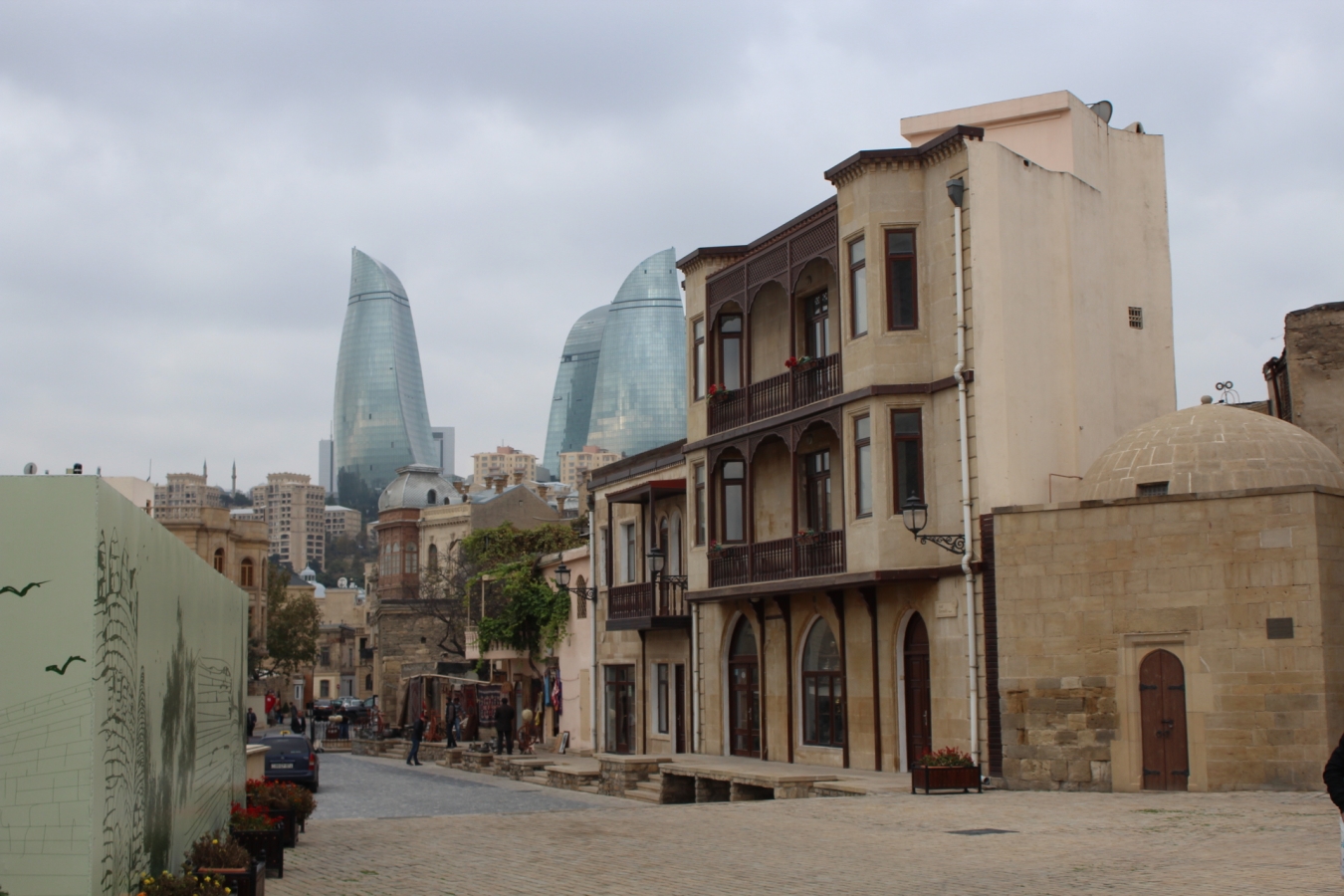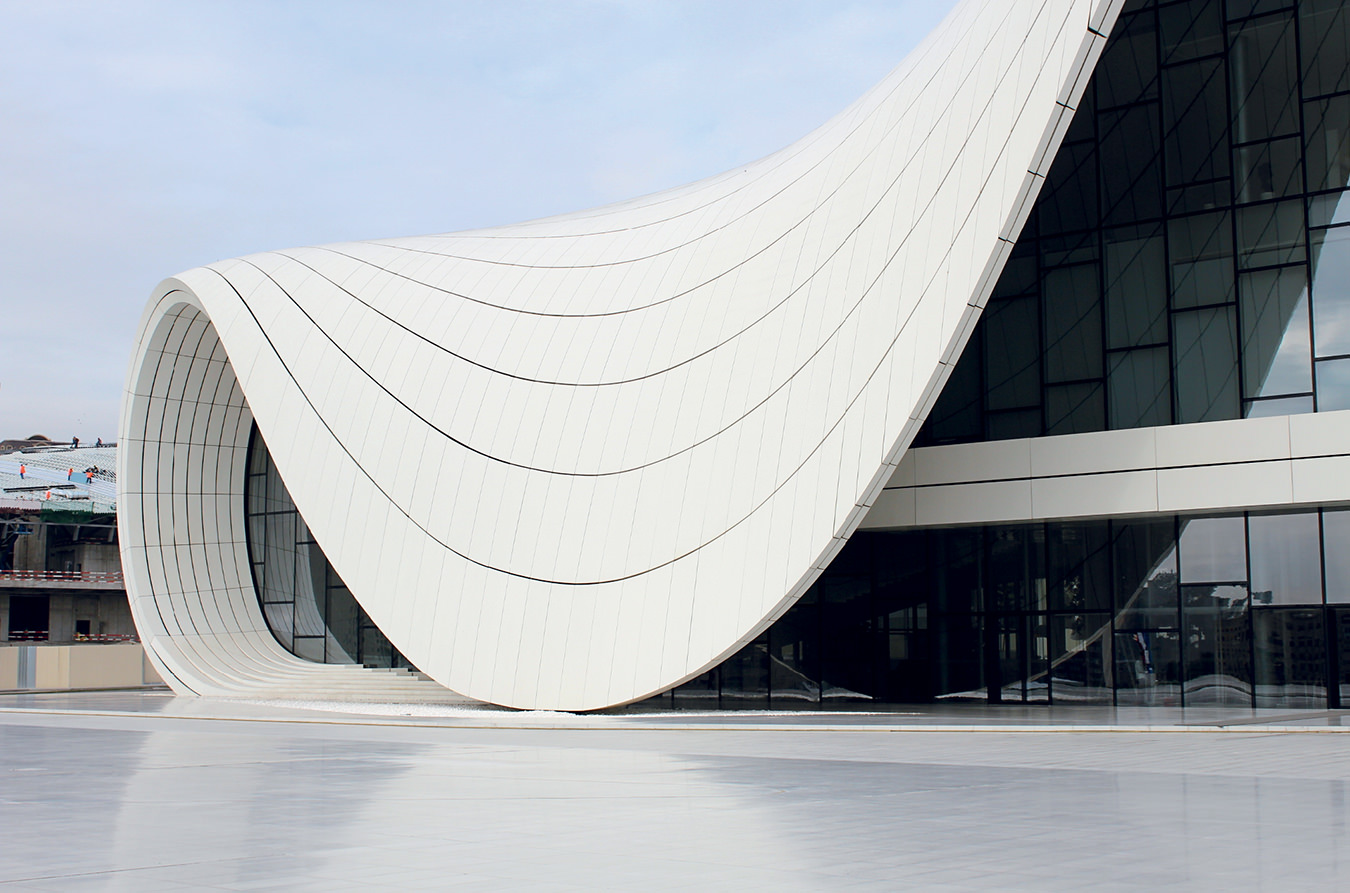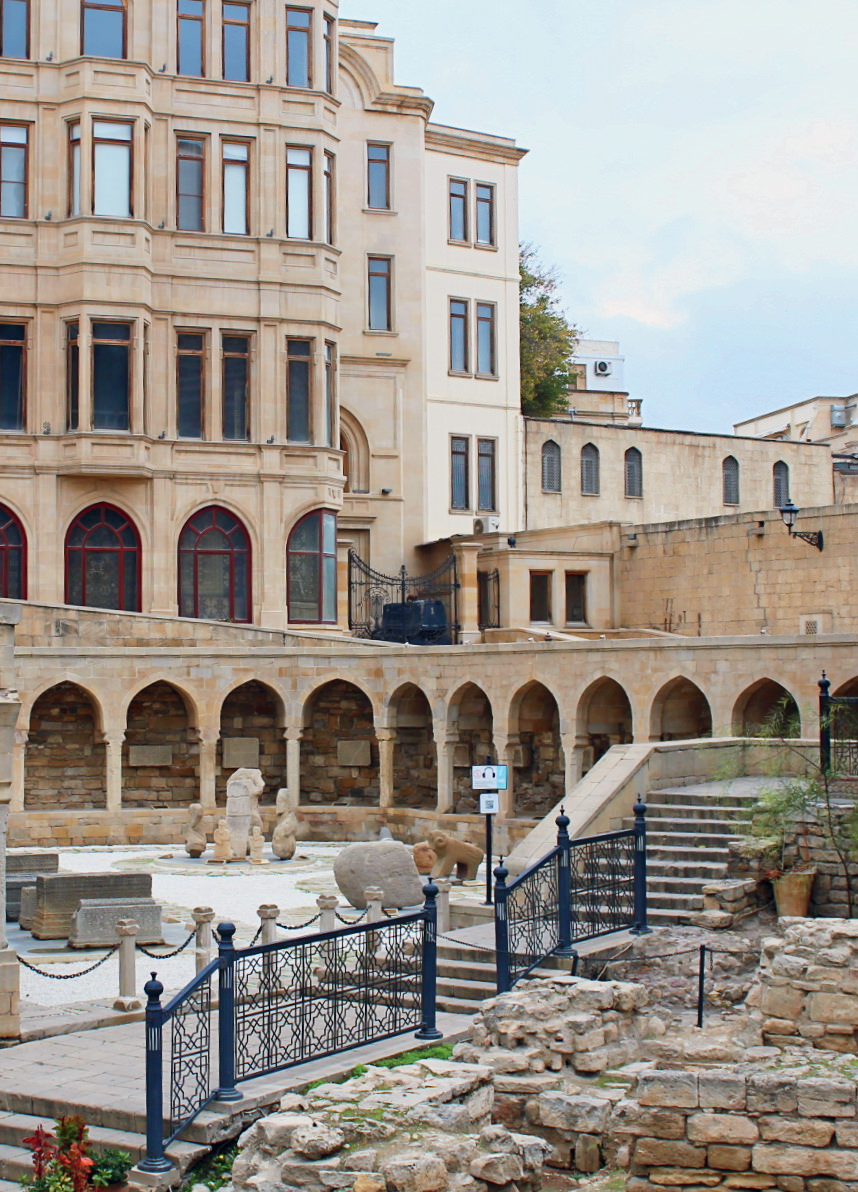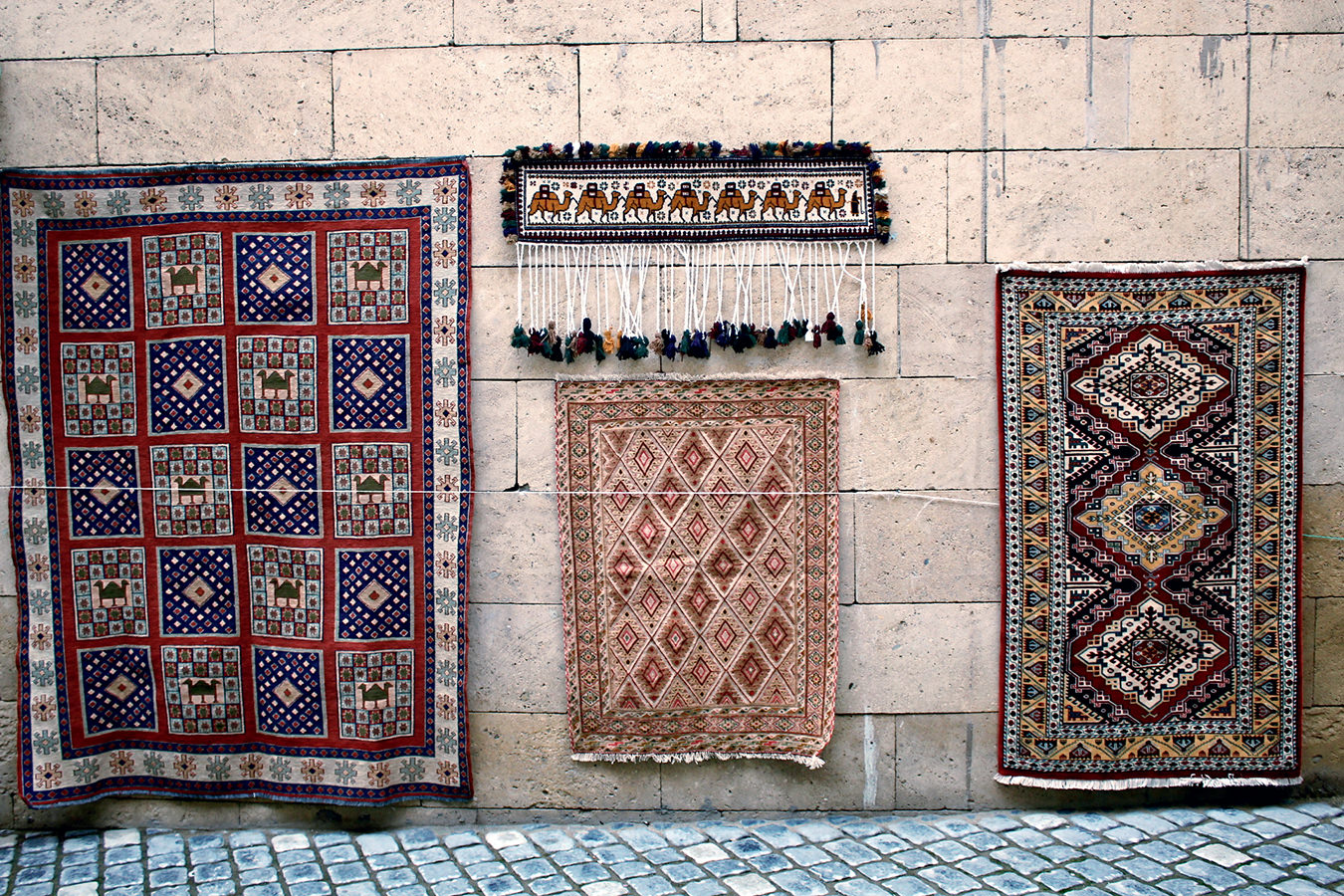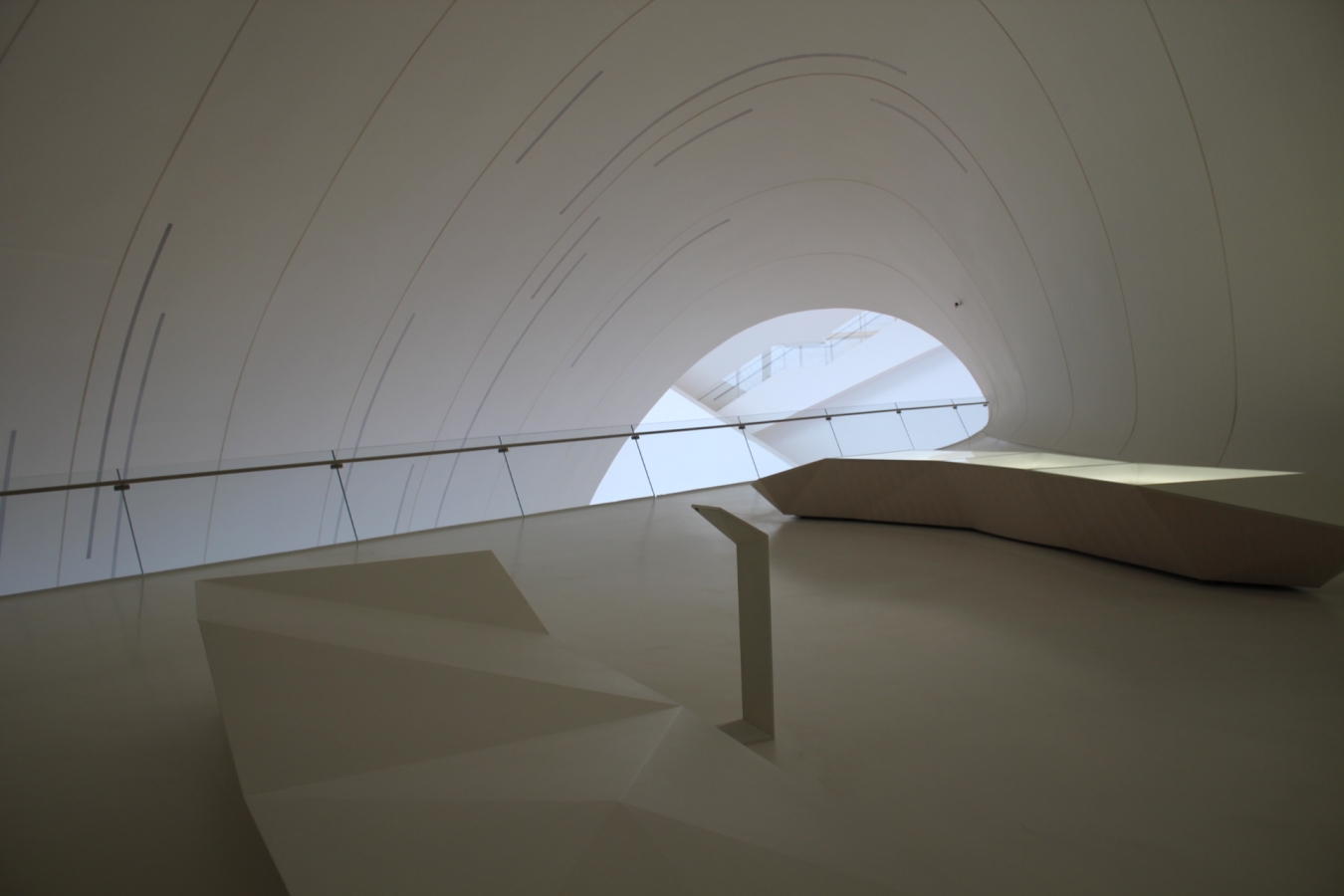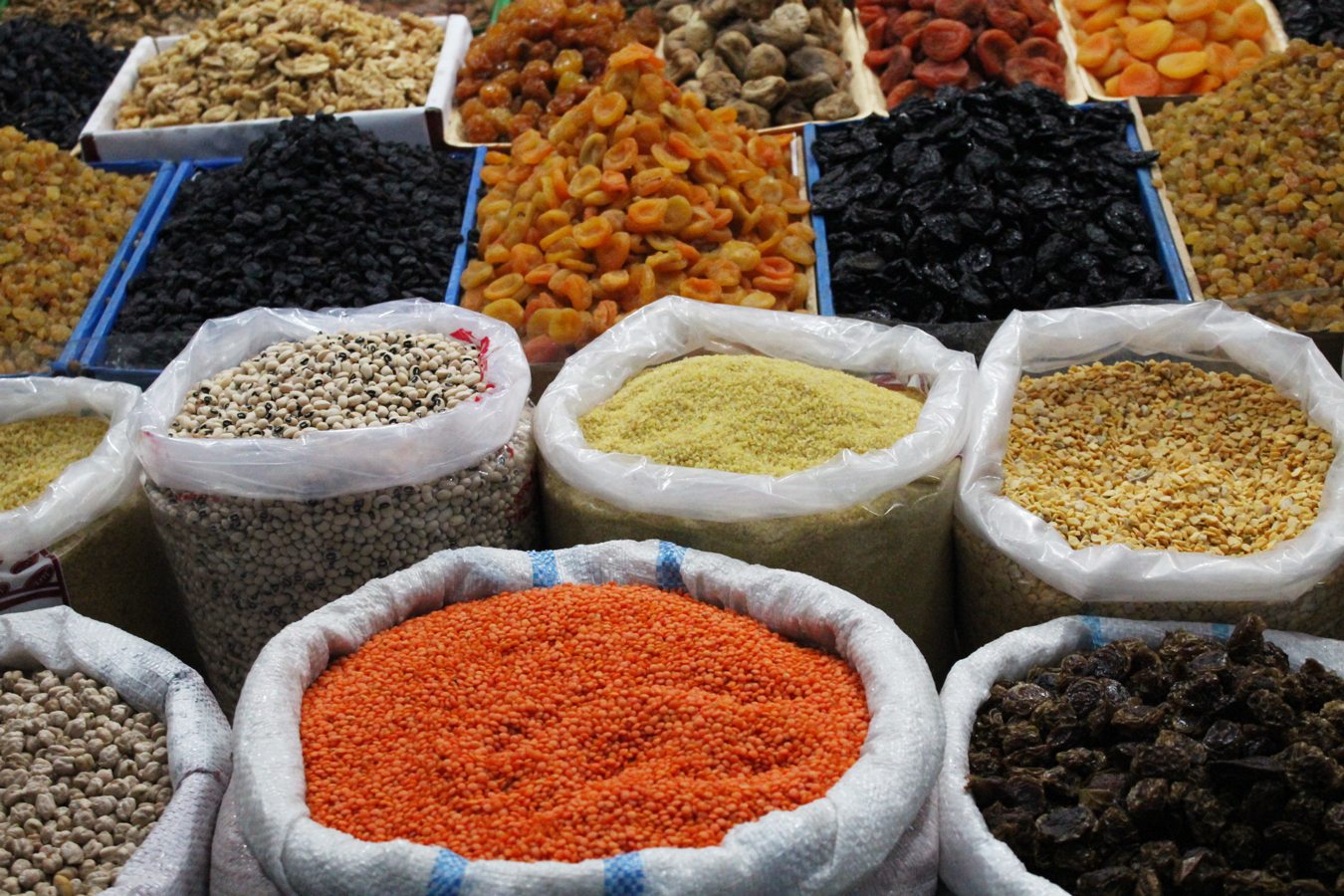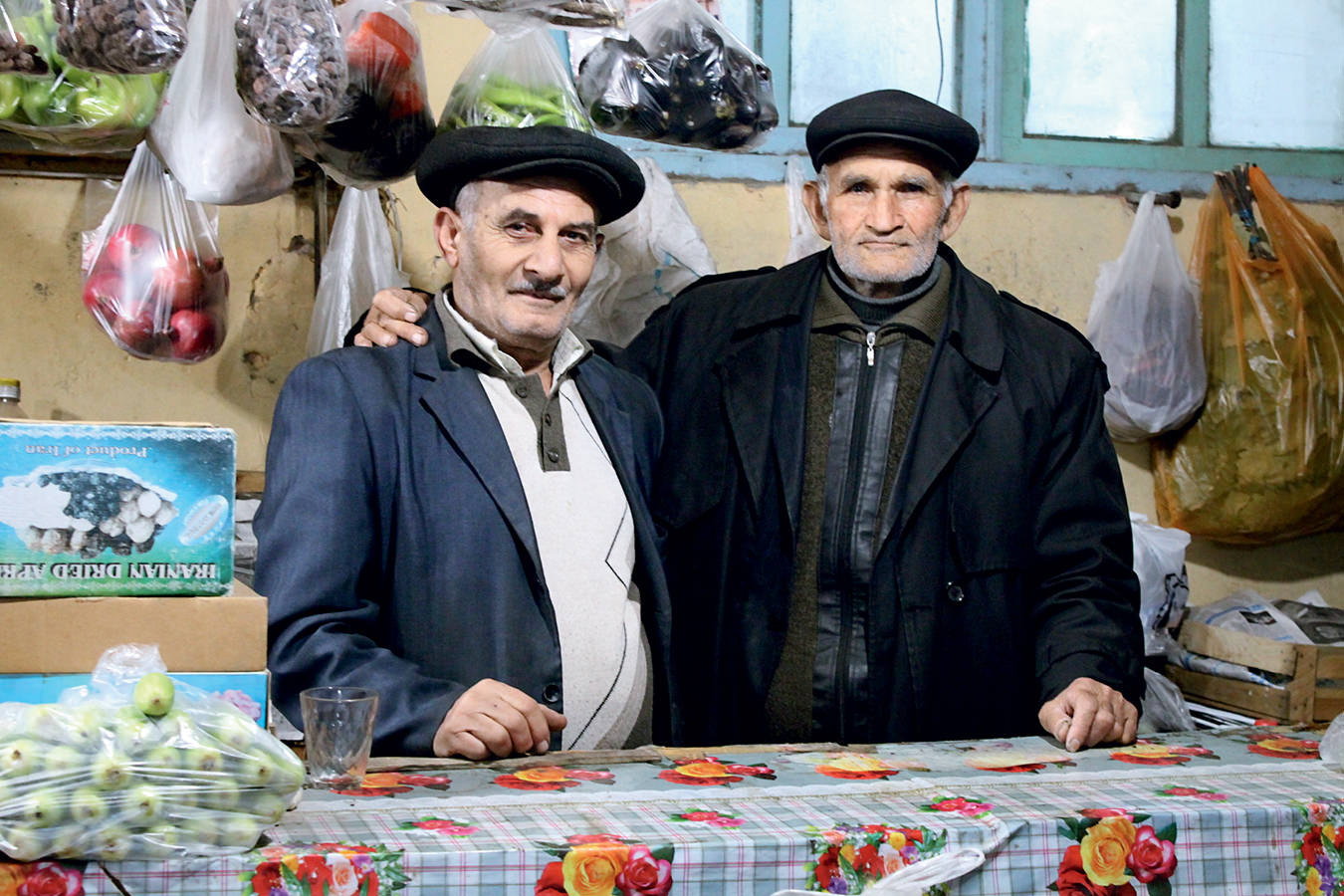If you tell North American friends you’re headed to Azerbaijan, they’ll look either puzzled or alarmed for your safety. Considering our general confusion about this ancient leg of Eurasia’s Great Silk Road, it’s no wonder it’s doing its best to carve itself a higher-profile niche. And throw a little education into the mix, for good measure.
The mystery may derive from the fact that, over centuries, this gateway between Europe and Asia has had overlords from too many countries to name, including Turkey and Persia. Mother Russia, which controlled it on and off for some 200 years until 1991, looms to its north. Georgia hovers over its northwestern shoulder, while its western edge, Nagorno-Karabakh, is contentiously occupied by neighbouring Armenia. To the south lies the Persian wild card, now Iran. East is the Caspian Sea, beyond which lie Uzbekistan and Turkestan. Those are some pretty funky brackets around one of the world’s richest oil reserves.
Azerbaijan doesn’t identify itself as Middle Eastern. The country’s most famous novel, 1937’s Ali and Nino, reveals that finding the appropriate club to belong to has long been a national quest. Written by the pseudonymous Kurban Said, Ali and Nino tells the love story of Ali, a Shia Muslim youth living in the capital city, Baku, and Nino, the Greek Orthodox daughter of a Georgian prince. Set before and during Azerbaijan’s bid for independence in 1918 (quashed by the Bolshevik Red Army in 1920), the story’s gist is that Ali is torn between his own religious traditions and Asian culture and the worldly, less spiritual European lifestyle that Nino represents.
Fast forward to the real world in 2015, and it looks like Europe’s won. Baku—now a secular Muslim city of 2.5 million—will work with all of the National European Olympic Committees to stage the first-ever European Games in June. It’s already staged Eurovision 2012, several GT series races and will host the 2016 European Formula I Grand Prix, several matches in the Euro 2020 football championship, and the 2017 Islamic Solidarity Games.
In this nominally but not showily Muslim city, ordinary Azeris dress conservatively, eschewing burkas, chadors and, for the most part, head scarves. Across the street from downtown’s European-style seaside promenade called the Boulevard (Bulvar), old stone mansions house luxury stores like Emporio Armani, with the U.K.’s Harvey Nichols expected to open soon. They compete for oil dosh and the spending money of the more than two million tourists who visit Azerbaijan every year.
Meanwhile, you can drink with impunity at places like the recently opened Buddha-Bar Baku, part of the European lounge chain, and the Paris Bistro, which looks like something airlifted off the set of Amélie. Chic modern restaurants like Nakhchivan serve up traditional local fare, which incorporates apricots, pomegranates, walnuts and spices like saffron and sumac into lamb, chicken and eggplant dishes. Americans may or may not be pleased to learn that they’re represented, as well; Baku is home to the world’s largest KFC, located in a historic Soviet railway station.
There’s enough well heeled traffic that since 2011, Condé Nast has published a glossy English language style magazine called Baku (“Art. Culture. Wild.”), whose editor-in-chief is the daughter of Azerbaijan president, Ilham Aliyev. (Leyla Aliyeva is also slated to executive-produce a feature film based on Ali and Nino, directed by the U.K.’s Asif Kapadia, with a screenplay by Dangerous Liaisons Oscar-winner Christopher Hampton.)
Ilham Aliyev is himself the son of the previous president, Heydar Aliyev. The airport is named after Aliyev the elder, also the former chairman of Azerbaijan’s KGB, and his image appears on billboards everywhere. The extraordinary new Heydar Aliyev Center, architect Zaha Hadid’s sinuous white meringue showpiece, does triple duty as a museum, art gallery, and concert hall and puts Baku on the innovative building map. So, too, do the striking, ultramodern Flame Towers, three fat, curved, glassy digits meant to evoke the country’s history of Zoroastrian fire worship.
Modernity may abound, but the city remains proud of its ancient roots. The National Museum of History of Azerbaijan, set in a 95-year-old Italian-Renaissance style mansion that once belonged to an oil baron, sums it up for visitors. But the best place to explore the past in Baku is in the pedestrian-friendly Walled (or Old) City (Icheri Sheher)—a UNESCO World Heritage Site that’s been inhabited since the Paleolithic period. Its 12th-century Maiden Tower was built over structures dating back to 7th-and 6th-century B.C. and may have once been a Zoroastrian temple and an astronomical observatory.
Tourists mustn’t miss the Old City’s Palace of the Shirvanshahs, a sprawling sandstone marvel containing burial vaults, a mausoleum and a mosque with minaret, some of whose elements date back to 1411. It’s exquisite at night, where clever lighting pinpoints the elaborate carvings within the stone in the main building, a gathering place called Divankhane.
The narrow, cobbled streets of the Old City also allow you to dine inside former caravanserais (roadside inns) and haggle with shop owners for silk tablecloths and scarves, the traditional astrakhan hats called papakh, and Azerbaijan’s pride and joy, its handmade carpets. UNESCO has declared the art of Azeri carpet weaving part of the intangible cultural heritage of humanity. You can see why at Central Baku’s new Azerbaijan Carpet Museum, whose exterior looks like a rolled-up carpet. It’s wonderfully laid out, with all the bells and whistles.
Many teahouses here are for men only, but the Walled City’s Old Baku Teahouse is for everybody. Stepping into the stone building with its carpet-lined floors, filigreed wood, and draperies befitting a scene from the Persian classic, One Thousand and One Nights, this traveller caught a whiff of apricot-scented shisha (tobacco) from a waterpipe (narghile) being happily puffed on by a group of men. I opted for the delicious local black tea, served in a pear-shaped glass alongside heaped dishes of nuts and sweetmeats like diamonds of pakhlava (like baklava).
The Sultan Inn Boutique Hotel in the Old City, is perfectly situated, with inviting “Oriental chic” trappings in its 11 cozy rooms and a bar overlooking the Walled City and the Caspian Sea beyond it.
Speaking of beyond, it’s well worth taking a drive outside Baku to the Gobustan Rock Art Cultural Landscape, about 40 miles (64 kilometre) southwest. Visit the handsome new on-site museum beforehand to learn the significance of the outstanding petroglyphs in the limestone rocks; they were discovered around 1940 but date back to 10,000 B.C. The extraordinarily stark landscape and geological highlights of this national historic landmark are otherworldly.
It’s this blend of ancient and modern, the mysterious past and the enigmatic present, that intrigues the visitor to Azerbaijan. To that heady mix add welcoming candle-lit teahouses, silks and carpets energetically unfurled and rabbits’ warren markets whose stalls spill over with pomegranates, apricots and saffron. The country is like a courtyard glimpsed from outside; a secret lair harbouring unexpected delights. And now, doors thrown open, it seems to be inviting the world.
Photos by Kate Zimmerman

